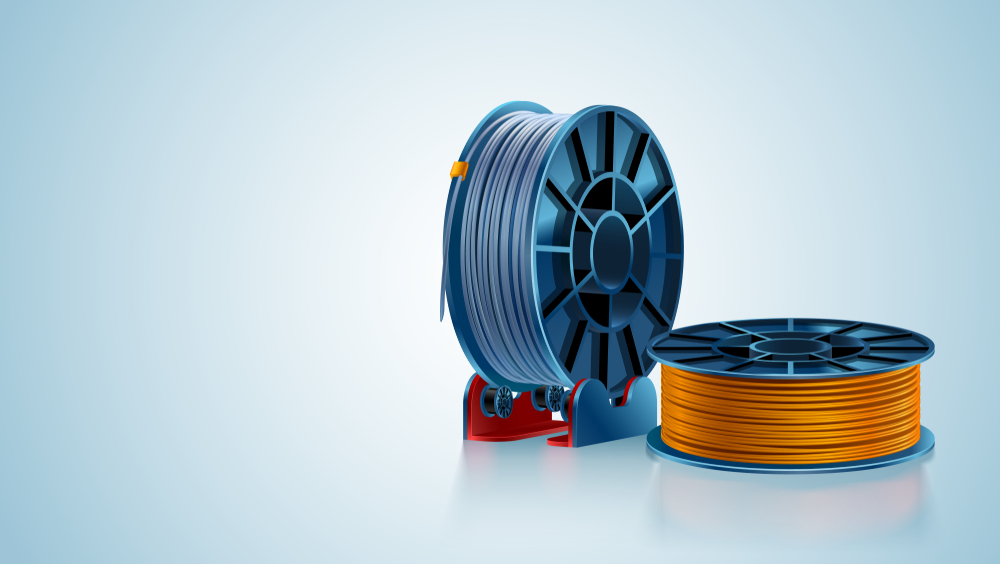One of the biggest advantages of 3D printing for all types of businesses is the wide variety of materials that can be used in different 3D printing processes. To give you an idea of what we mean, you can 3D print dessert the next time you have people over for dinner.
What is Polycarbonate (PC)?
Most consumer products are made of thermoplastics. For engineers and designers, thermoplastics give them the flexibility to prototype a product with the same material used for the finished product. So thermoplastics are ideal for many 3D printing applications.
Polycarbonate’s accuracy, durability, stability and overall versatility helps make it the most widely used industrial thermoplastic for 3D printing. In addition to its high tensile and flexural strength, it is remarkably lightweight, opaque, highly impact-resistant, flame retardant and it insulates against electricity.
Applications of Polycarbonate in 3D Printing
Another indication of PC’s versatility is that it almost single-handedly changed the nature of 3D printing. Before PC was commonly used, the idea of printing end-use production parts out of most 3D print materials was just a dream. PC changed all that.
Its versatility and superior mechanical properties make it an excellent choice for functional prototyping, jigs and fixtures, rapid tooling, manufacturing tooling, production parts and patterns for metal bending and composite work.
Popular applications for PC include:
- Automotive, Aerospace and Transportation Industries – Its strength and lightness can mean reduced energy usage in finished products, coupled with higher performance specifications.
- Electrical and Telecommunications Hardware – The combination of heat resistance and electrical insulation makes polycarbonate ideal for interior and exterior electrical and telecommunications equipment, including smartphones.
- Data Storage – Its remarkable tensile strength makes polycarbonate a great choice for CDs, DVDs and Blue-Ray discs
- Consumer Products – Its impact resistance makes polycarbonate a popular choice in sunglasses, protectives cases for phone and computers, water bottles and food containers.
To learn more about 3D printing, check out our article “How 3D Printing is Transforming Manufacturing”.
